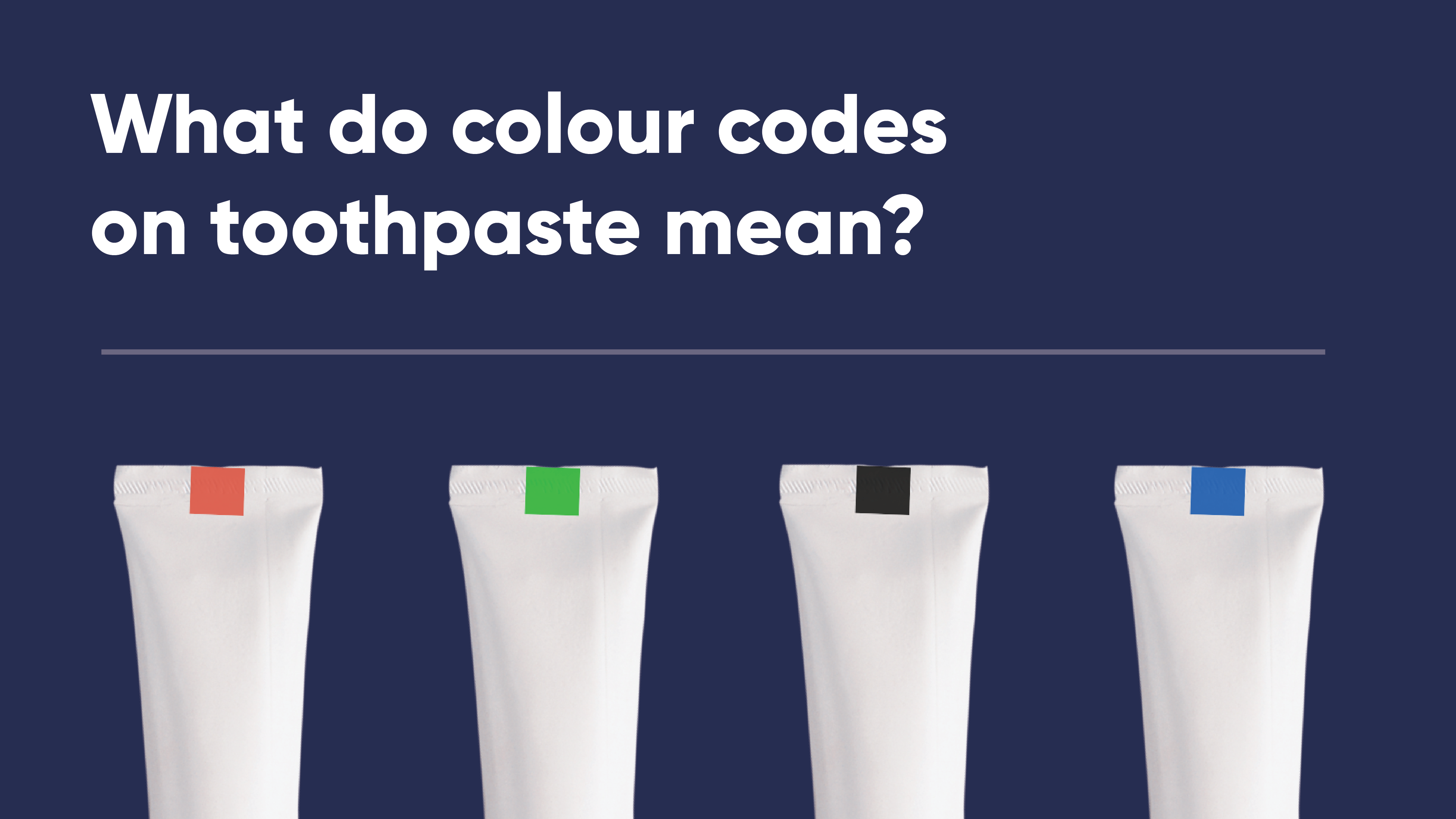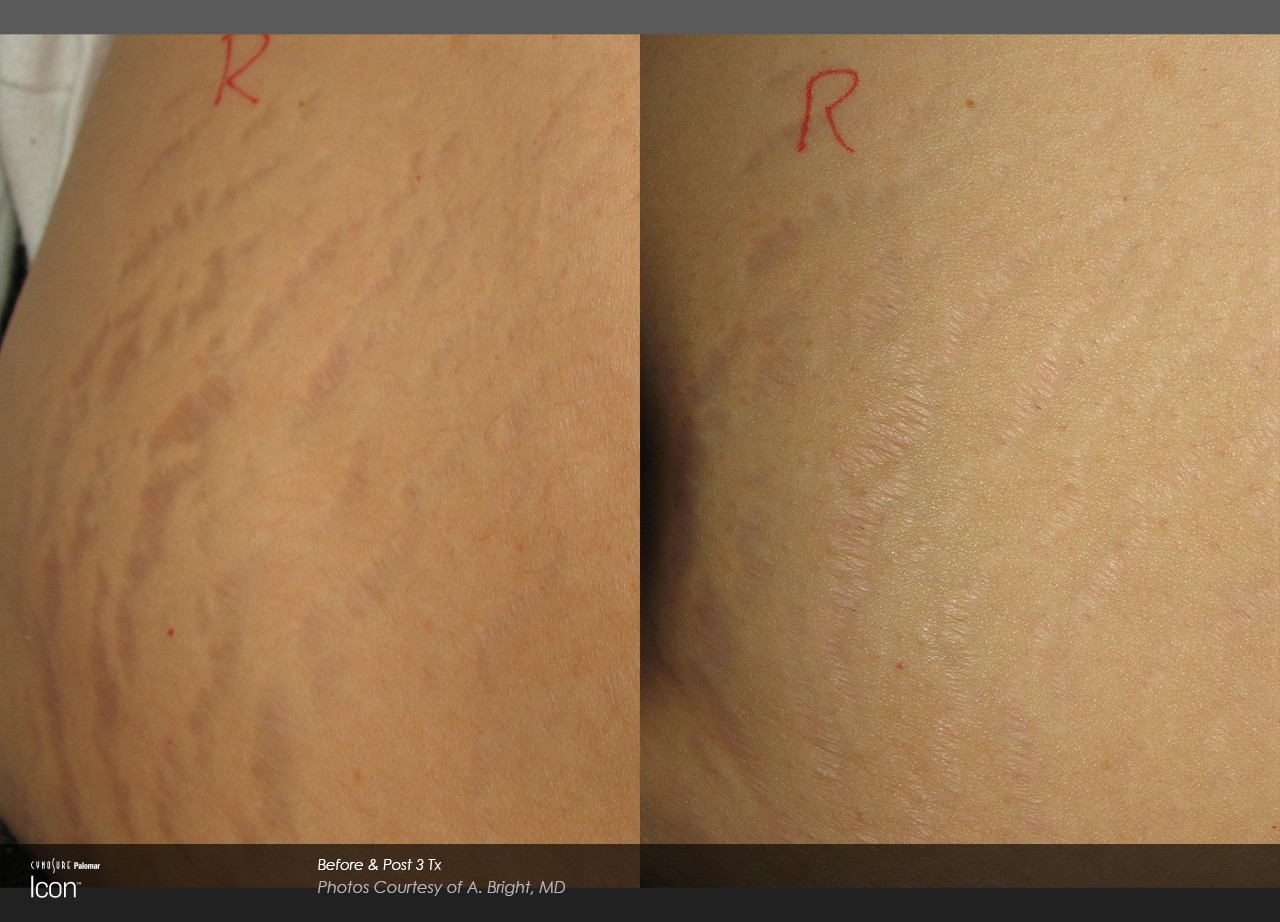What Do Toothpaste Colour Codes Mean? Easy Guide

The colourful strips or dots on toothpaste tubes have been a topic of curiosity for many. These colour codes are more than just aesthetic additions; they serve a significant purpose in the manufacturing and quality control process of toothpaste. Understanding what these colour codes mean can provide insight into the production process and the quality standards of the toothpaste you use daily.
Introduction to Colour Coding
Colour coding is a method used by manufacturers to categorize and track their products efficiently. In the context of toothpaste, these codes can signify various aspects such as the flavour, the manufacturing batch, or even the intended market for the product. The colours are usually applied in the form of stripes, dots, or other shapes on the toothpaste tube’s crimp or seal.
Decoding the Colour Codes
Flavour Indicators: One common use of colour codes is to differentiate between various flavours of toothpaste. For example, a red stripe might indicate a mint flavour, while a blue stripe could signify a fresh fruit flavour. These codes help in the packaging process, ensuring that the correct flavour is labeled and shipped accordingly.
Manufacturing Batches: Colour codes can also be used to identify the batch number of the toothpaste. This is crucial for quality control and traceability. If a particular batch of toothpaste is found to have defects or quality issues, the colour code can help in identifying and recalling the affected products quickly.
Ingredient Variations: In some cases, colour codes might denote variations in the formulation of the toothpaste, such as differences in ingredients or concentrations of active ingredients. For instance, a toothpaste designed for sensitive teeth might have a distinct colour code compared to a standard toothpaste.
Expiry or Production Dates: Some colour codes can indicate the production date or the expiry date of the toothpaste. This information is vital for ensuring that consumers use the toothpaste within its effective shelf life.
Regional or Market Indicators: Colour codes might also be used to signify the intended market or region for the toothpaste. This could be related to language differences on the packaging, different regulatory requirements, or preferences in flavour and formulation that vary by region.
How to Interpret Colour Codes
Interpreting the colour codes on toothpaste tubes is not straightforward without specific knowledge of the manufacturer’s coding system. Each manufacturer has its unique system, and these codes are not universally standardized.
- Checking the Packaging: Sometimes, the key to the colour coding system can be found on the packaging itself, though this is rare.
- Manufacturer’s Website: Consumers can visit the manufacturer’s official website or contact their customer service to inquire about the meaning of specific colour codes.
- Professional Insight: Dental professionals or individuals involved in the manufacturing process might have insights into the colour coding systems used by different brands.
Conclusion
The colour codes on toothpaste tubes are more than just visual elements; they carry significant information related to the product’s characteristics, manufacturing details, and intended use. While the specific meanings of these codes can vary widely between manufacturers and are not always publicly disclosed, understanding their general purpose can enhance one’s appreciation for the complexity and care involved in the production of everyday consumer goods like toothpaste.
What do the colour codes on toothpaste tubes signify?
+Colour codes on toothpaste tubes can signify various aspects such as flavour, manufacturing batch, ingredient variations, or the intended market for the product.
How can I find out what a specific colour code means?
+You can try checking the packaging for clues, visiting the manufacturer's website, or contacting their customer service for more information.
Are colour codes on toothpaste standardized across all manufacturers?
+No, each manufacturer has its unique coding system, and there is no universal standard for colour codes on toothpaste tubes.
In summary, while the colourful codes on toothpaste tubes might seem mysterious at first glance, they play a crucial role in the production, quality control, and distribution of toothpaste. By understanding the purpose and potential meanings of these codes, consumers can gain a deeper appreciation for the complexity and rigor that goes into creating the everyday products they use.


